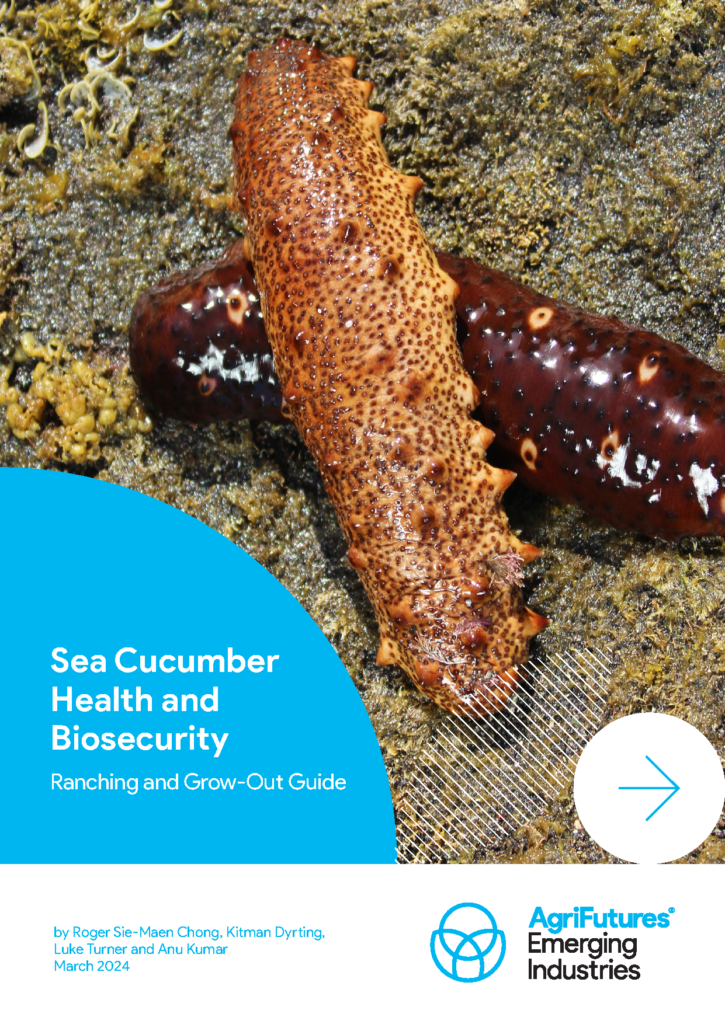Impact case study: Hazelnut investments give confidence to new growers
Australia’s peak hazelnut industry body says the number of growers in Australia is steadily increasing, as ongoing research and development efforts give potential new entrants...

240 pages
Published: 26 Mar 2024
Author(s): Roger Sie-Maen Chong, Kitman Dyrting, Luke Turner, Anu Kumar
ISBN: 978-1-76053-469-1
Download report PDF
DownloadPurchase a hard copy - AUD $80
In response to global market demand for sea cucumbers (Holothuroidea), Australia has a significant opportunity to expand its aquaculture industry beyond wild-caught specimens. Escalating demand for the dried bêche-de-mer (sea cucumber) delicacy can not only drive this expansion but also add value to the industry worldwide, estimated to be worth US$4.4 billion. At this initial stage, identifying and characterising critical pathogens and environmental risks is imperative to safeguard the health of production animals and ensure sustainable industry development.
This Sea Cucumber Health and Biosecurity: Ranching and Grow-Out Guide is the second instalment in a two-book series aimed at enhancing sea cucumber health and fostering sustainable growth in Australian sea cucumber production. Each book serves as a guide for breeding sea cucumbers at different life stages, focusing on distinct procedures for rearing and addressing various disease and biosecurity risks.
This guidebook primarily focuses on the latter life stage development of sea cucumbers culminating in harvest, marking a transition from the preliminary hatchery nursery stages detailed in the Sea Cucumber Health and Biosecurity: Hatchery and Nursery Guide. It offers comprehensive strategies for rearing, i.e., growing out or ranching, sea cucumbers in diverse water environments. These environments encompass pond cultures and the open sea, with each strategy tailored to specific water quality parameters.
Emerging from the industry’s need to better understand health and biosecurity risks during the grow-out stages, this guidebook compiles insights from a comprehensive review of global scientific literature encompassing environmental hazards, which is crucial for future industry management. It offers an up-to-date review of reported diseases and stressor-related risks globally and assists farms in navigating disease events and implementing preventive measures.